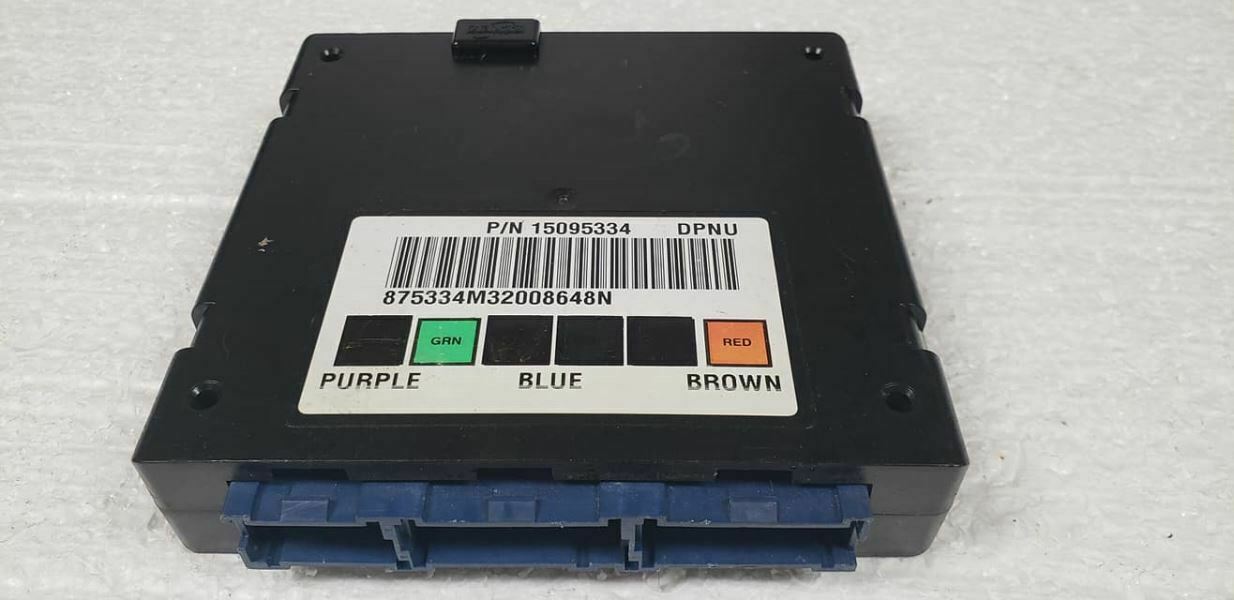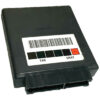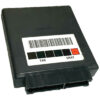Restore Your Vehicle’s Electrical System with a Plug-and-Programmed BCM
Are you tired of chasing electrical gremlins in your GM truck, van, or SUV? One moment your power windows work, the next they don’t. The security light is flashing, your interior lights are flickering, or worse, the vehicle won’t start at all. These aren’t just annoyances; they’re classic signs of a failing Body Control Module (BCM). As the central hub for your vehicle’s body electronics, when the BCM goes, it can cause a cascade of confusing and frustrating problems. This replacement 2002-2005 GM BCM is the direct, reliable solution to restore full functionality and peace of mind.
A Technician’s Notebook: The Case of the Haunted Silverado
Just last month, a 2002 Silverado 1500 was towed into my bay. The owner was at his wit’s end. He explained, “The radio turns on by itself, the dome light flickers like a strobe, and sometimes the truck just refuses to crank.” A quick scan revealed a slew of communication codes, primarily a U1000 (Class 2 Data Link Malfunction). While this code can point to many things, my experience with these GMT800 platforms immediately led me to the BCM. After confirming power and ground at the module, it was clear the BCM itself was failing internally, corrupting the data bus. We installed a VIN-programmed BCM just like this one, performed the necessary security and airbag key relearns, and the truck’s electrical ghosts were gone. It’s a common failure I’ve seen hundreds of times, and a correctly programmed module is the key to a lasting repair.
Is Your GM Truck or SUV Showing These Signs?
A faulty BCM can manifest in numerous ways. If you’re experiencing any of the following, it’s highly likely your BCM is the culprit:
- ✔ Erratic or non-functional power windows, door locks, and mirrors.
- ✔ Interior or exterior lights that flicker, stay on, or don’t work at all.
- ✔ A flashing security or anti-theft light on the dashboard.
- ✔ Intermittent no-start or no-crank conditions (related to the Passlock security system).
- ✔ The radio or climate control system behaving unpredictably.
- ✔ Horn honking randomly or not working when pressed.
- ✔ Common Diagnostic Trouble Codes (DTCs) stored, such as U-series communication codes (e.g., U1000, U1016) or B-series body codes (e.g., B1001, B1004).
The Smart Solution: Pre-Programmed for Your Vehicle
Forget the expensive trip to the dealership and their hefty programming fees. We take the hassle out of the repair. When you order, simply provide us with your vehicle’s VIN. We will then flash this BCM with the latest GM software specific to your exact vehicle configuration. This ensures that when it arrives, it’s ready for installation, saving you time, money, and the need for specialized scan tools for the initial programming.
Your Straightforward BCM Installation Guide
Replacing the BCM is a manageable job for a confident DIYer. While the exact location varies (typically under the steering column or in the center dash), the process is generally similar.
- Safety First: Always disconnect the negative terminal from your vehicle’s battery before starting any electrical work.
- Locate the BCM: On trucks/SUVs like the Silverado or Tahoe, it’s usually under the driver’s side dash, near the steering column. On vans like the Astro/Safari, it’s often behind a panel in the center dash area.
- Disconnect and Remove: Carefully unplug the electrical connectors. They have locking tabs that need to be depressed. Once disconnected, unbolt or unclip the old BCM from its mounting bracket and remove it.
- Install the New BCM: Mount your new, pre-programmed BCM in the same location and securely reconnect all electrical connectors. Double-check that they are fully seated.
- Reconnect Battery: Reattach the negative battery terminal.
- Perform Relearn Procedures: This is a critical final step. You will need a capable diagnostic tool to perform the ‘Setup SDM Primary Key in BCM’ procedure to ensure the airbag system communicates correctly and the warning light turns off. Some vehicles may also require a brake pedal position sensor recalibration.
Will This Fit My Vehicle?
This BCM is a direct replacement for part numbers 15063578, 15081796, 15095334, 19208537, DKAK, and DPNU. It is guaranteed to fit the following models:
- Avalanche 1500 (2002, 4×2)
- Astro Van (2002-2005)
- Blazer S10 / Jimmy S15 (2002-2005)
- Escalade (2002, 4×2)
- S10 / S15 / Sonoma Pickup (2002-2004)
- Safari Van (GMC) (2002-2005)
- Sierra 1500 / 2500 / 3500 / Denali (2002)
- Silverado 1500 / 2500 / 3500 (2002)
- Suburban 1500 / 2500 (2002)
- Tahoe (2002, 4×2)
- Yukon / Yukon XL 1500 / Yukon XL 2500 (2002)
Note: Please verify your original part number or consult the detailed fitment list to ensure compatibility.
Frequently Asked Questions
Why do you need my VIN number?
Your Vehicle Identification Number (VIN) allows us to flash the BCM with the precise software and settings for your vehicle’s specific options, like engine size, transmission type, and power accessories. This makes the installation process much smoother.
What is the ‘Setup SDM Primary Key in BCM’ procedure?
This is a required security handshake between the new BCM and the airbag system’s Sensing and Diagnostic Module (SDM). It must be performed with a professional scan tool after installation to clear the airbag warning light and ensure the system is operational.
Can I install this myself if I don’t have a professional scan tool?
You can perform the physical installation, but you will need to have a qualified mechanic with the proper diagnostic tool perform the final relearn procedures for the airbag system and potentially the brake pedal sensor to complete the job correctly and safely.
What does a Body Control Module (BCM) do?
The BCM is a computer that acts as the brain for your vehicle’s body electronics. It controls functions like power windows, locks, interior/exterior lighting, the security system, wipers, and more. When it fails, these systems can become erratic.
How can I be sure the BCM is the problem?
While the symptoms listed are strong indicators, a full diagnosis with a scan tool is the best way to be certain. Look for communication codes (U-codes) or specific BCM-related fault codes (B-codes). If multiple, unrelated electrical systems are failing at once, the BCM is the most likely cause.



